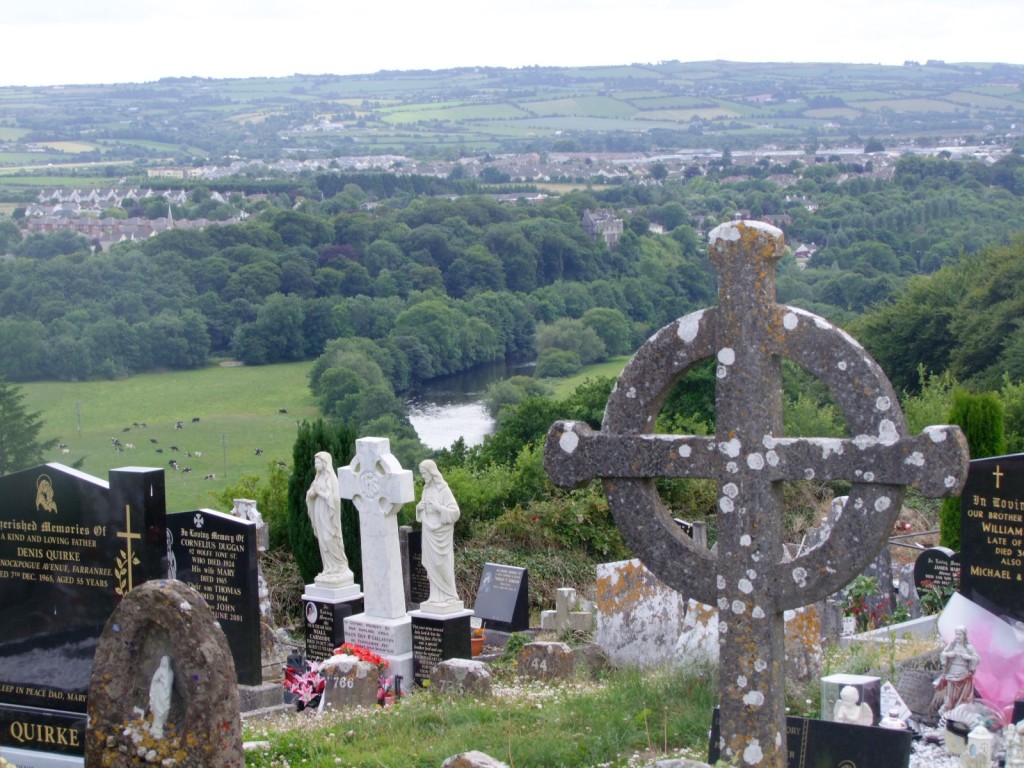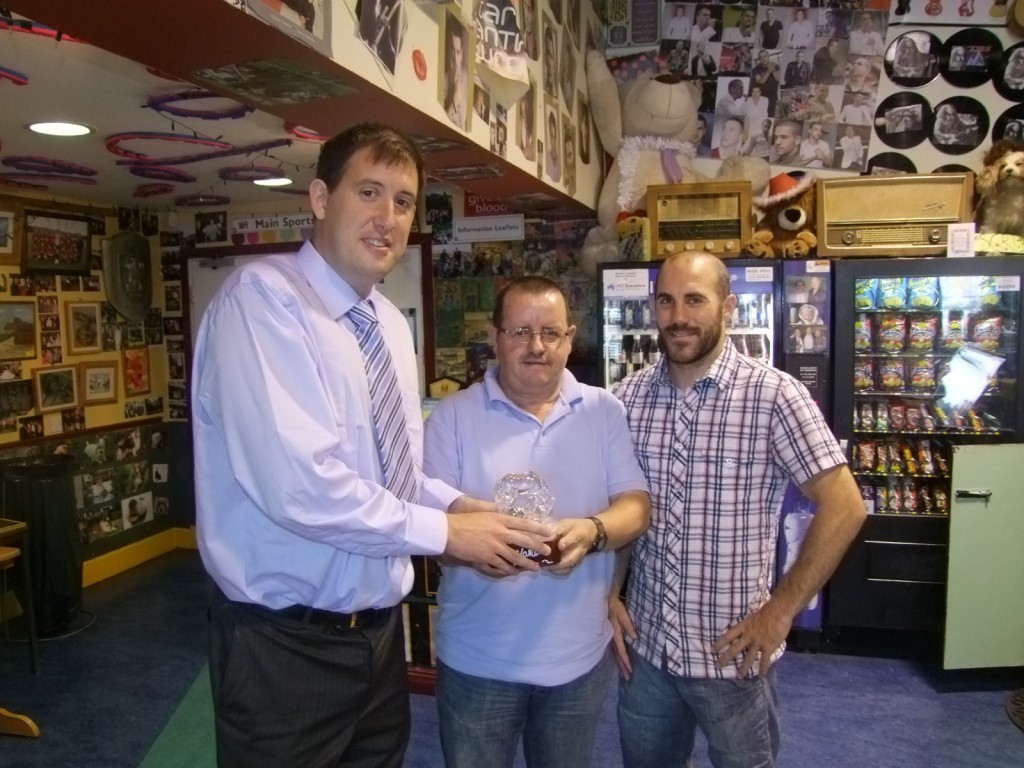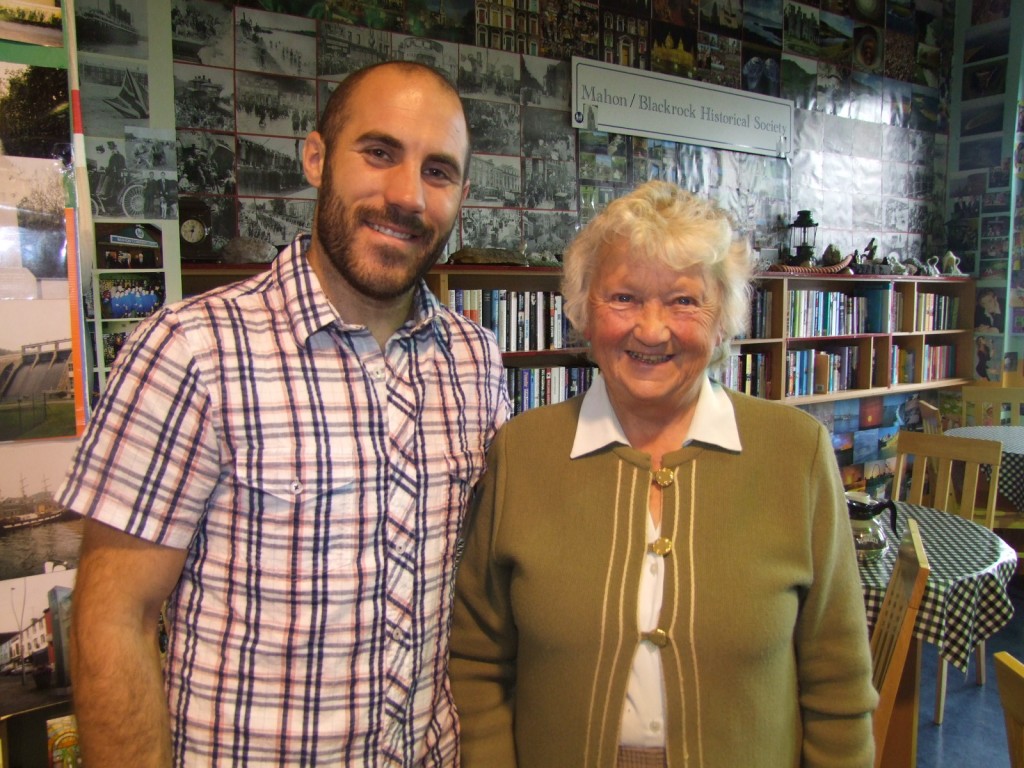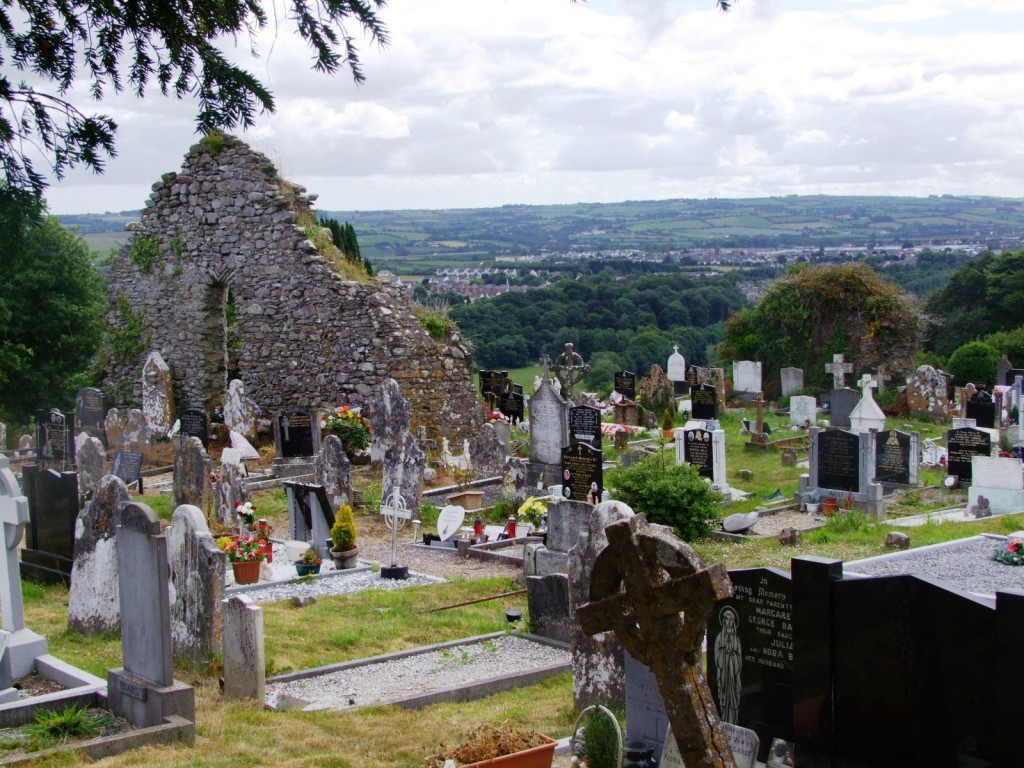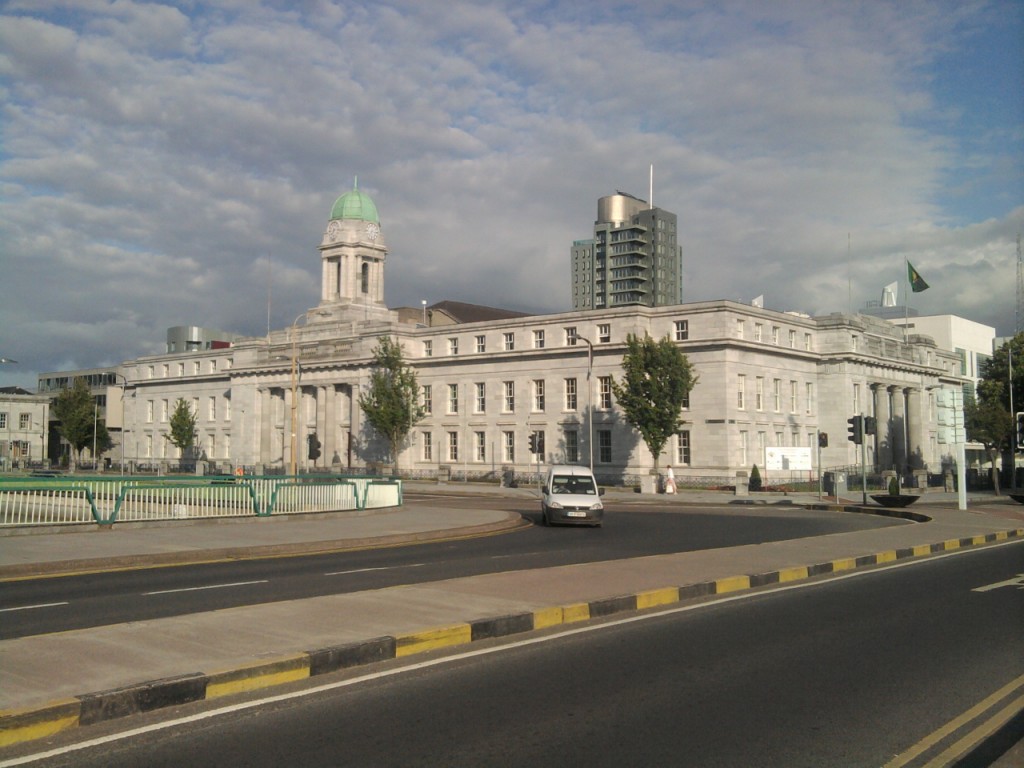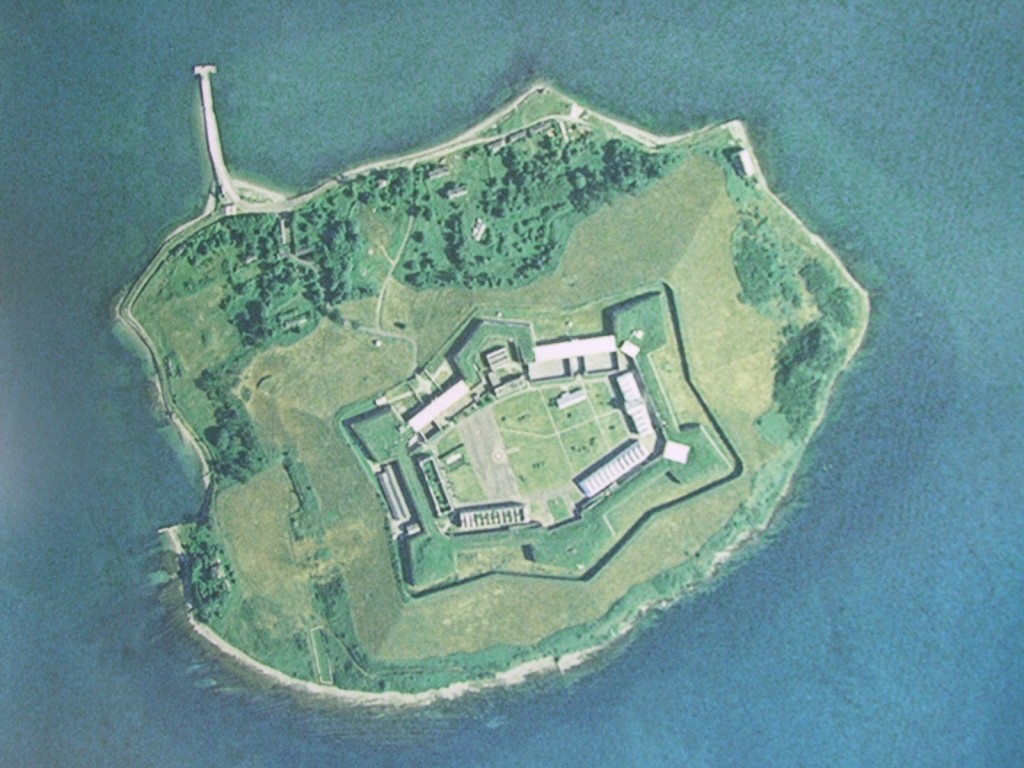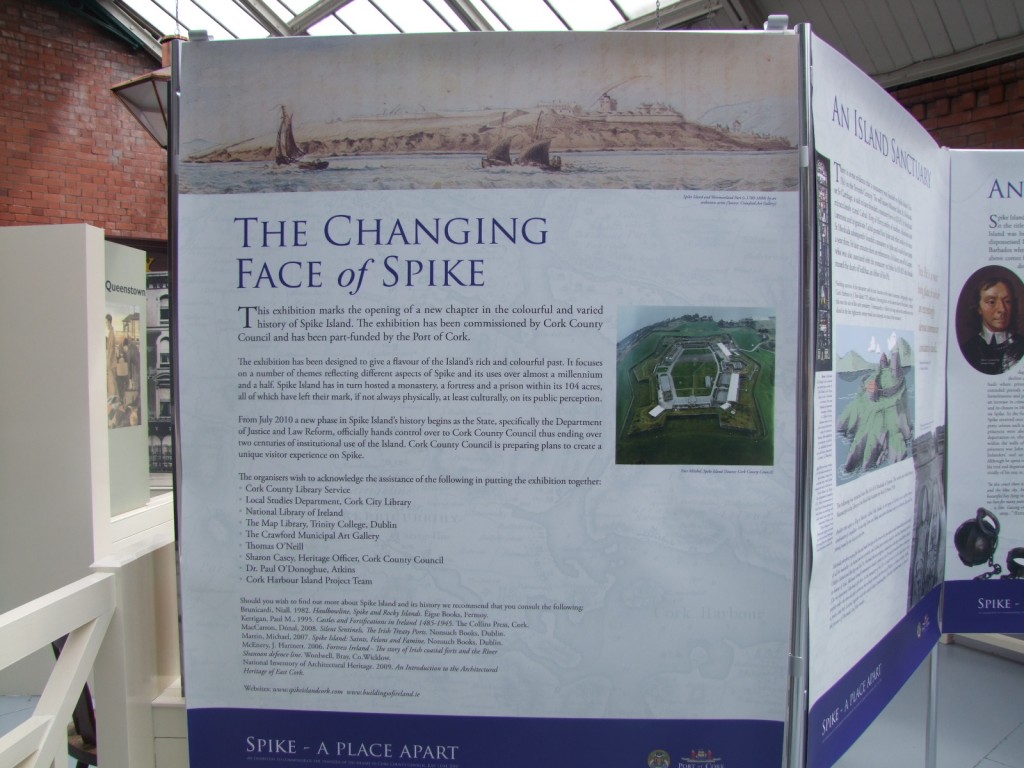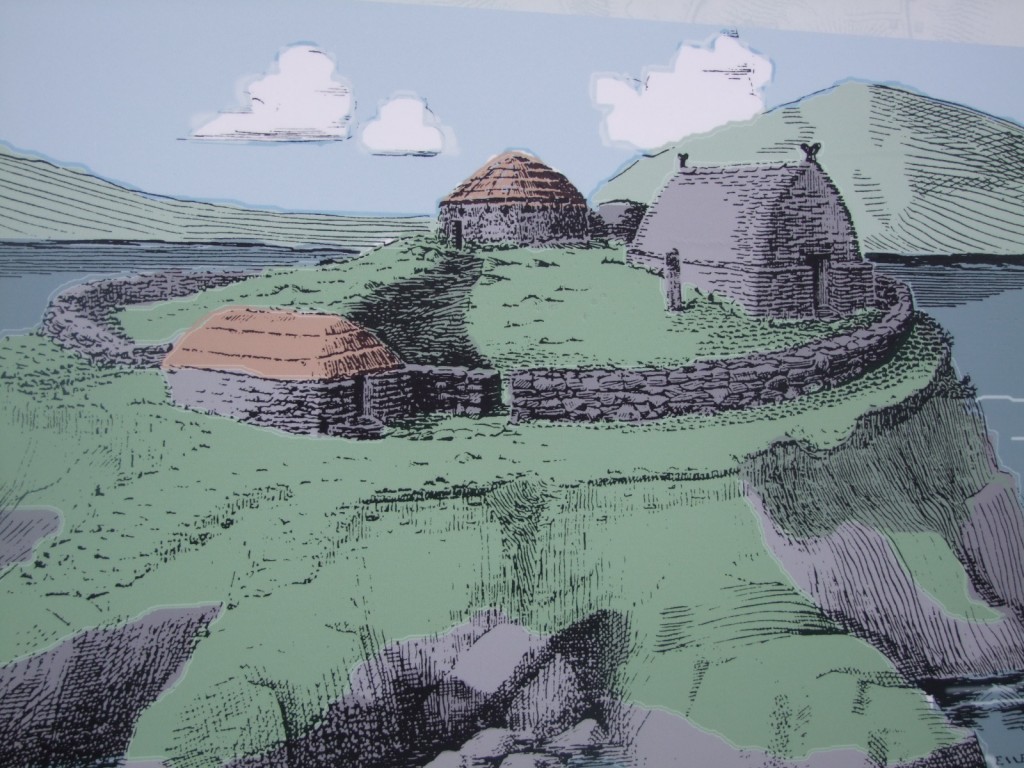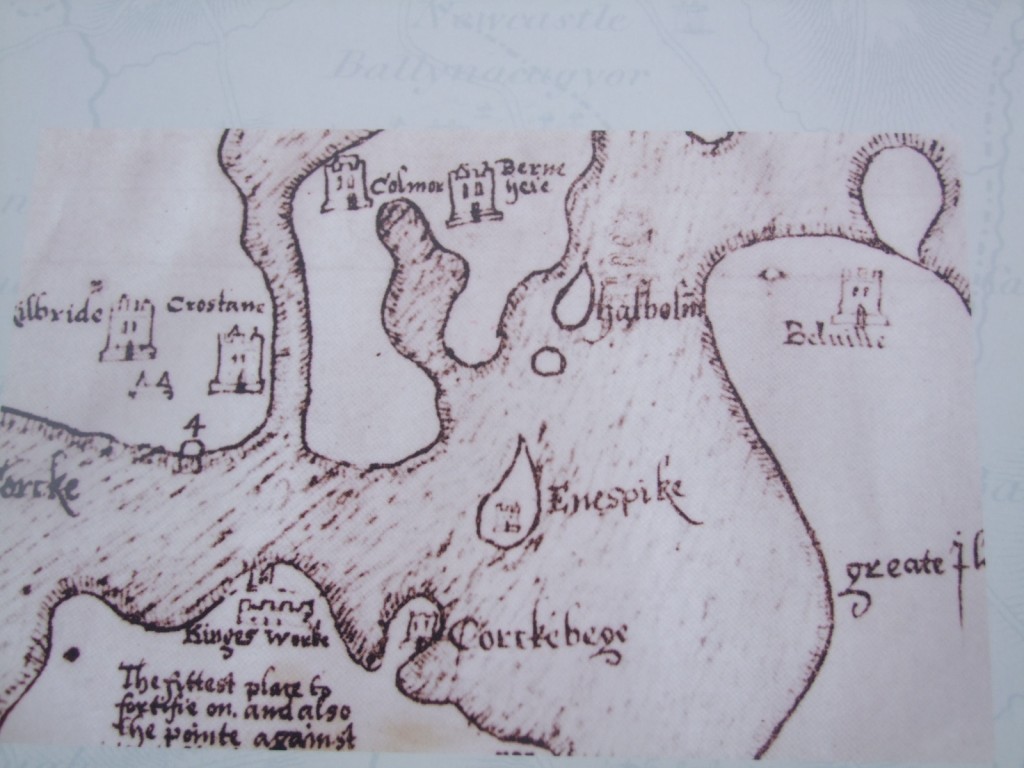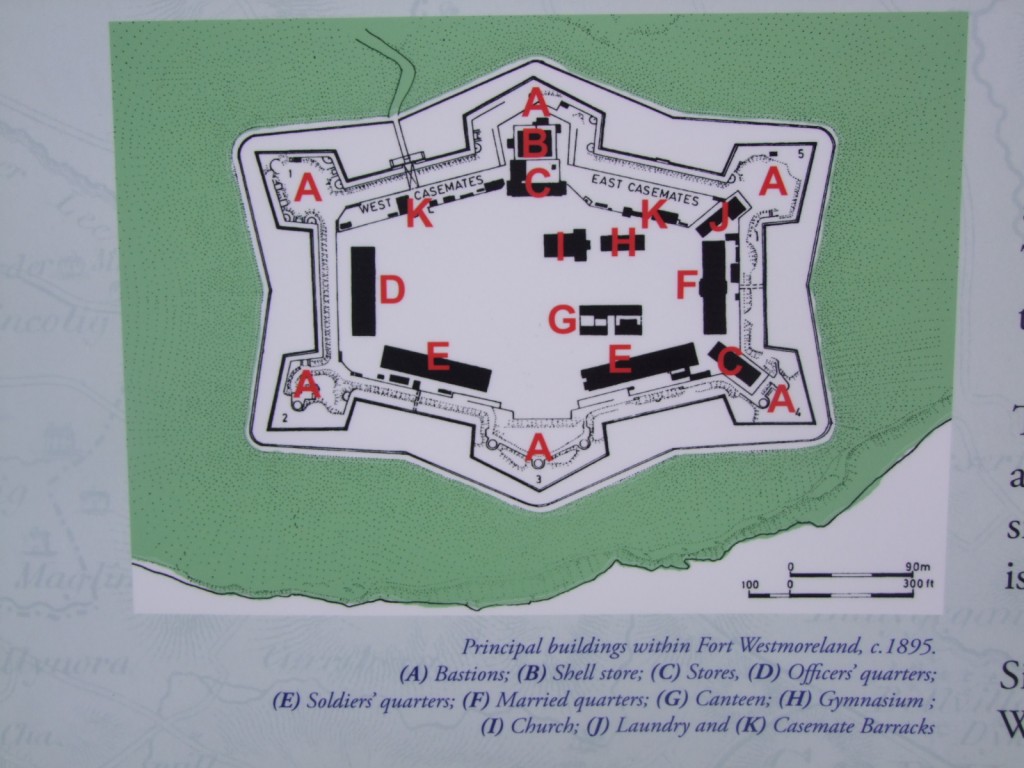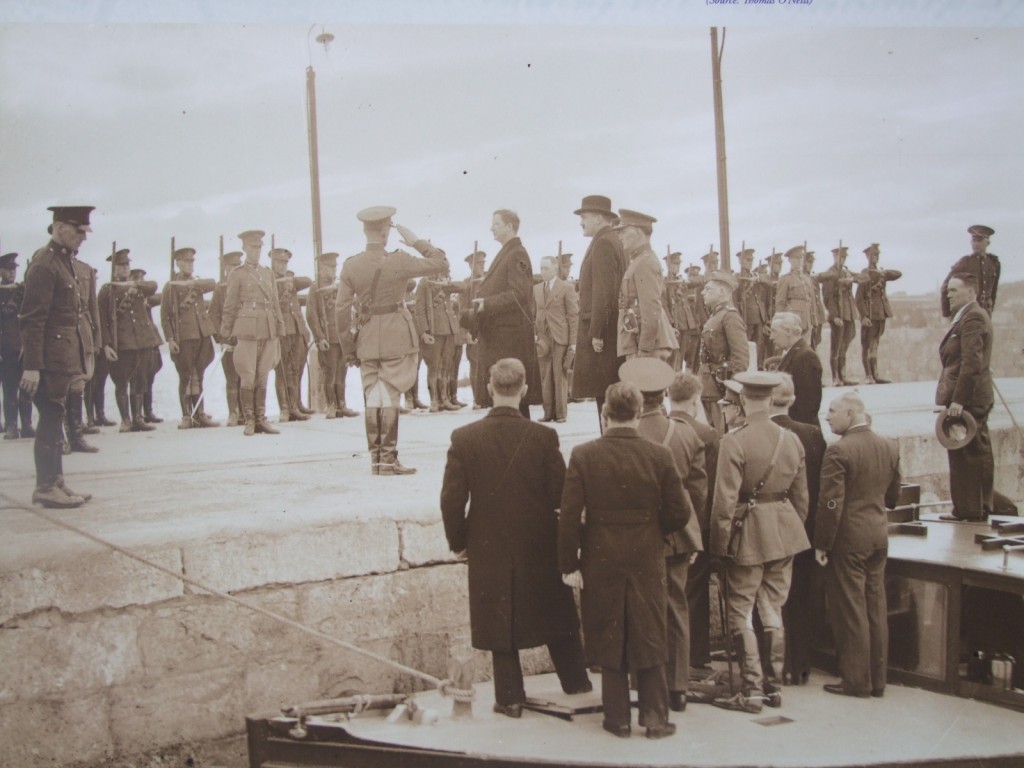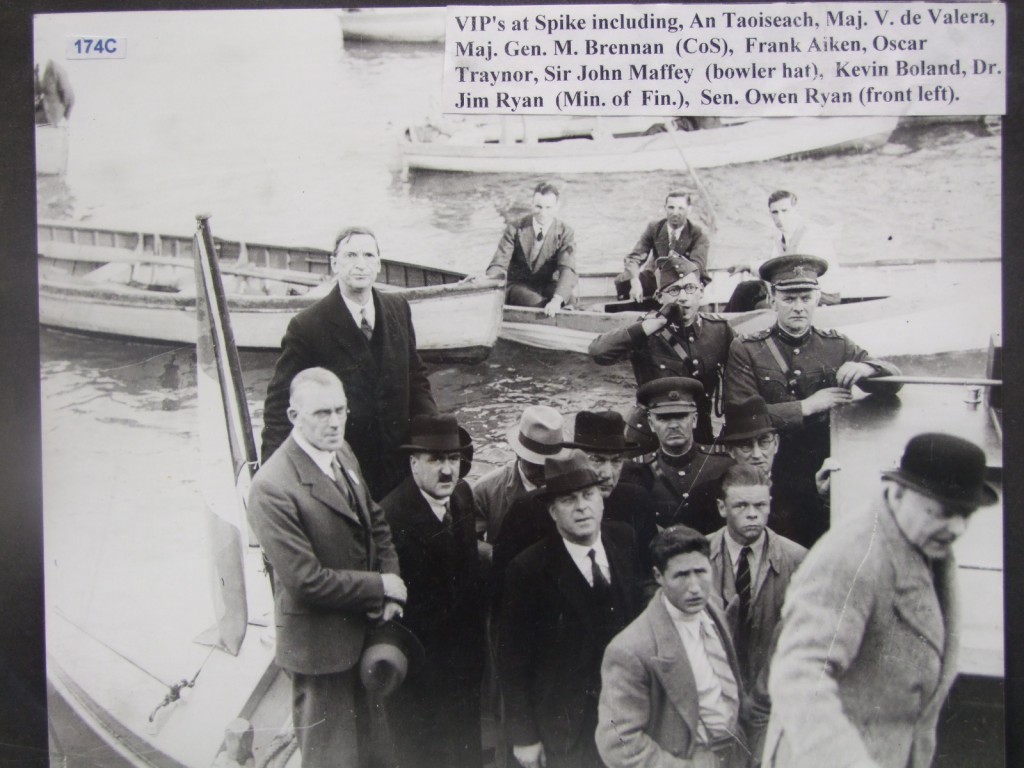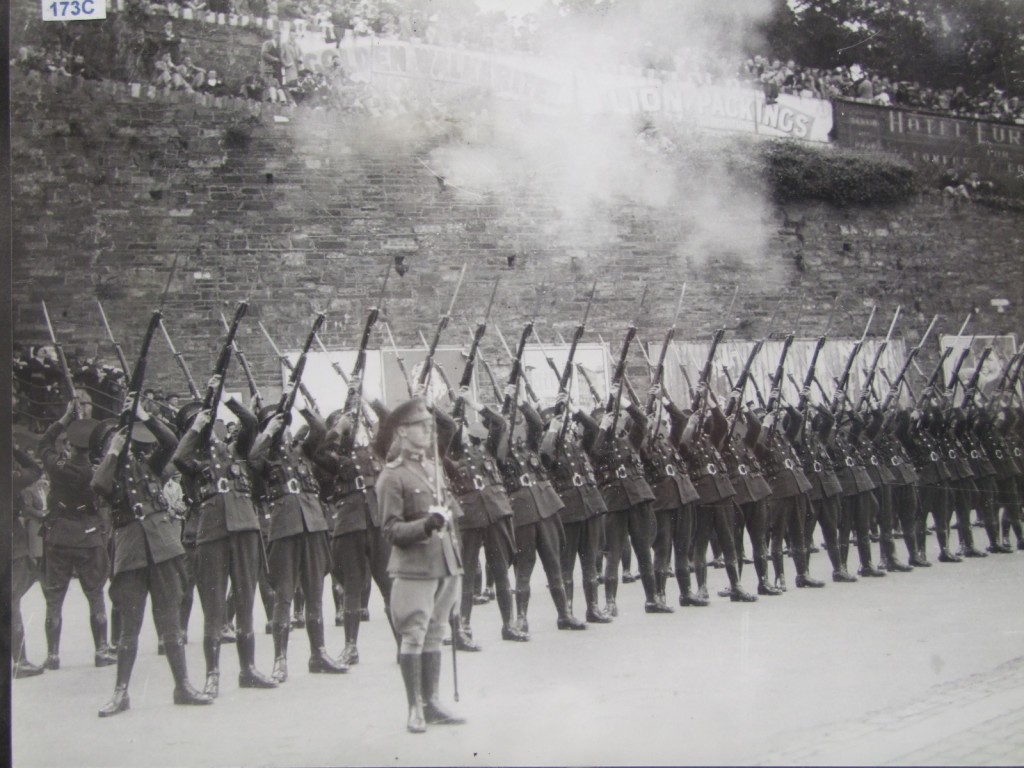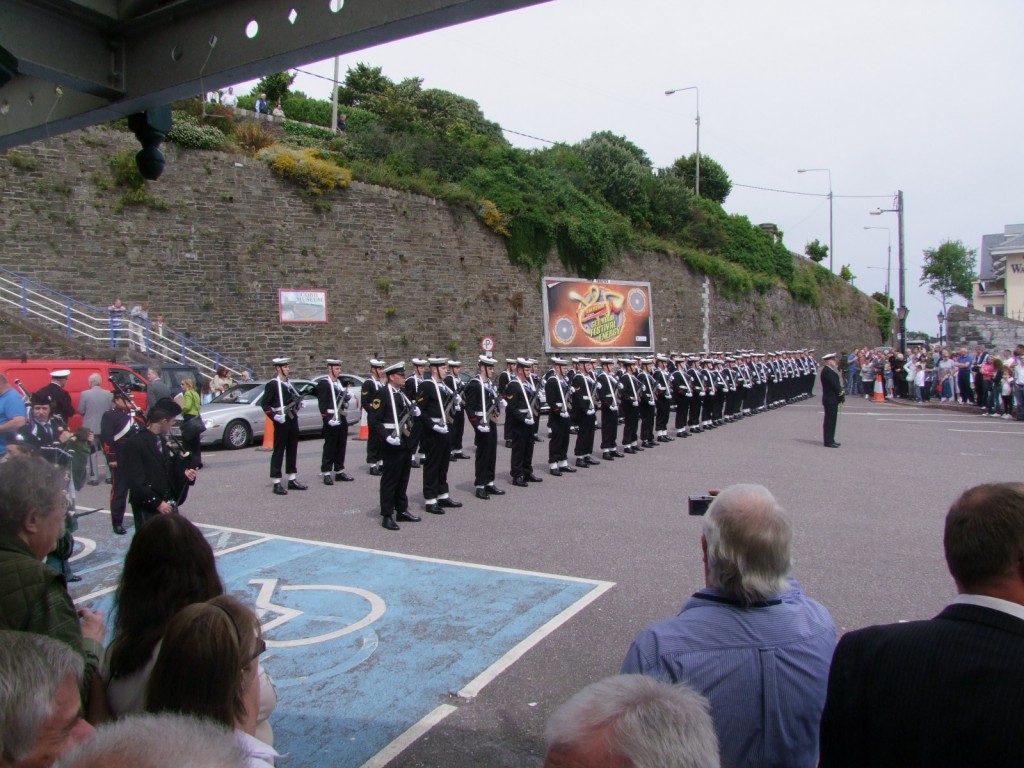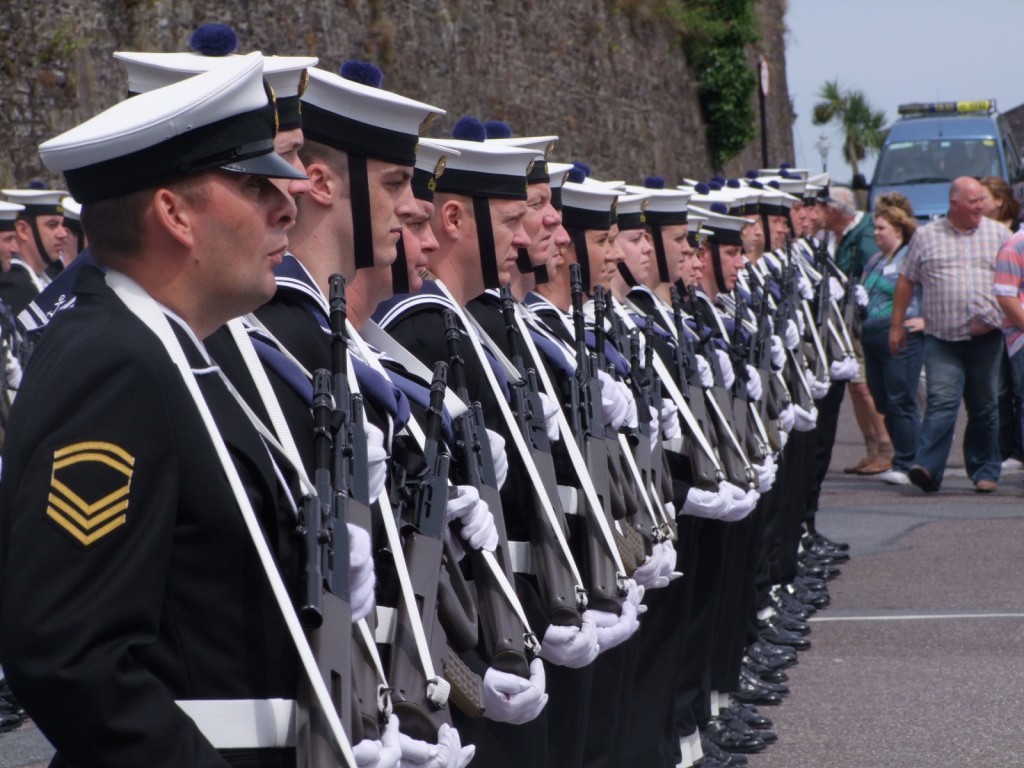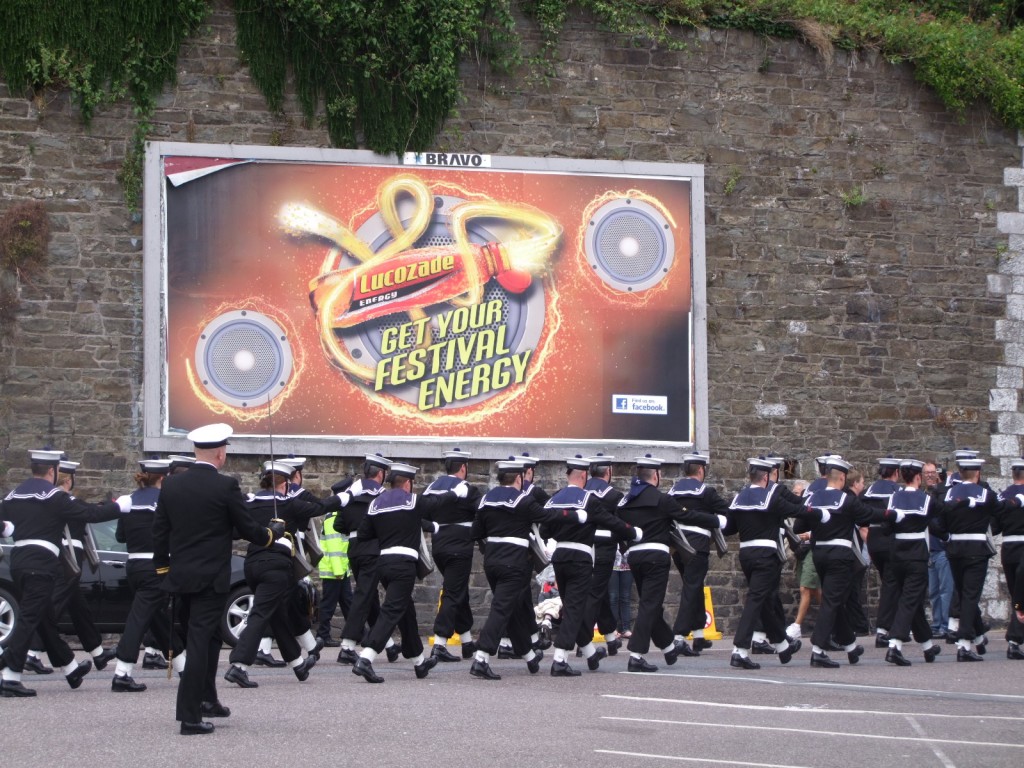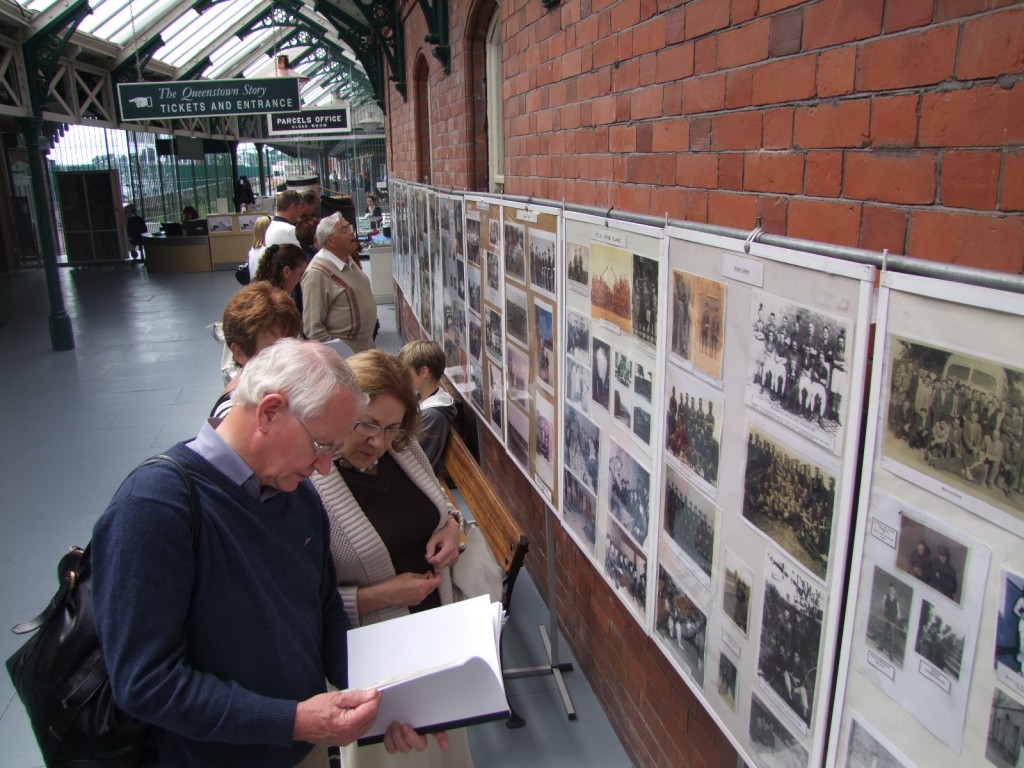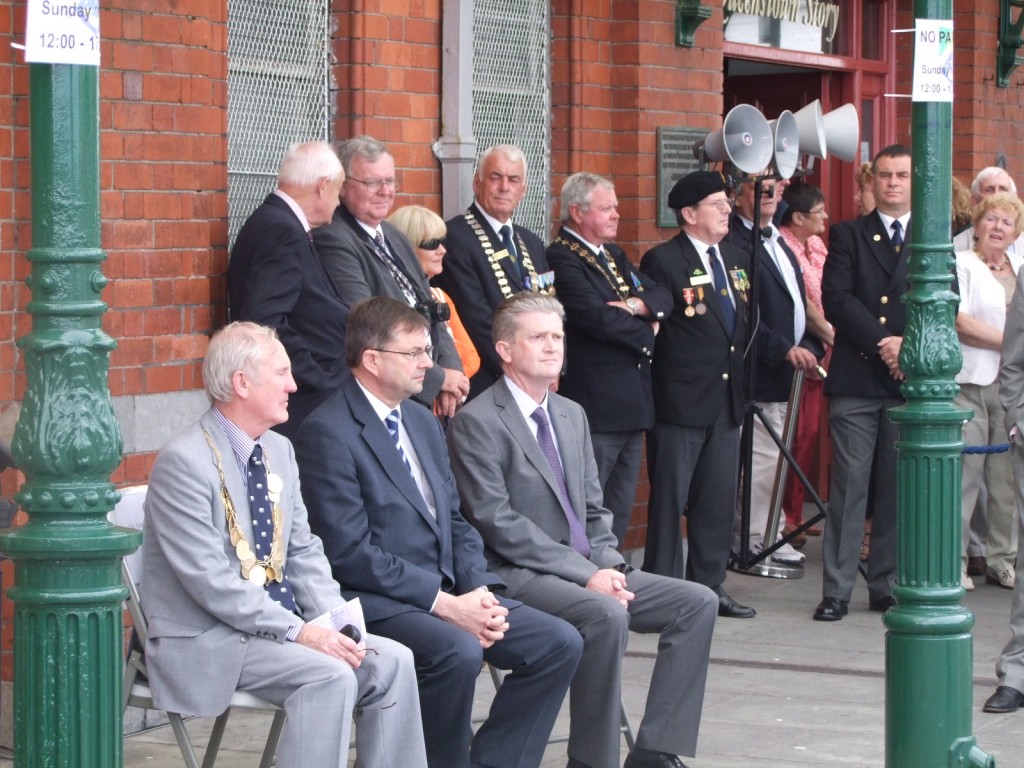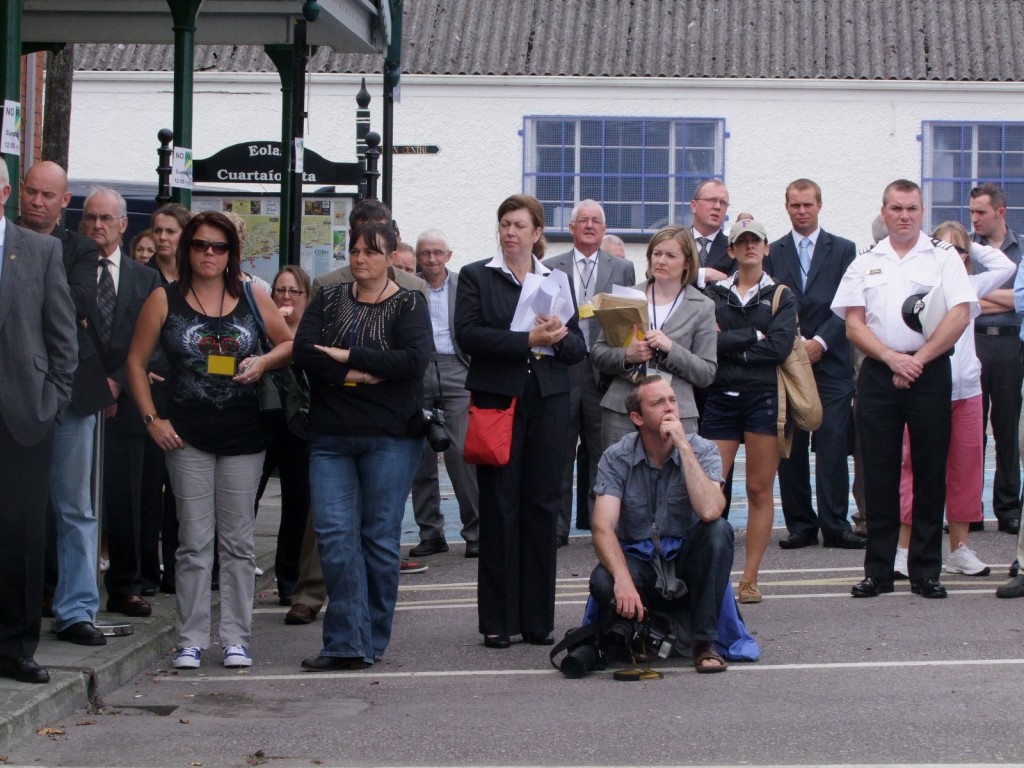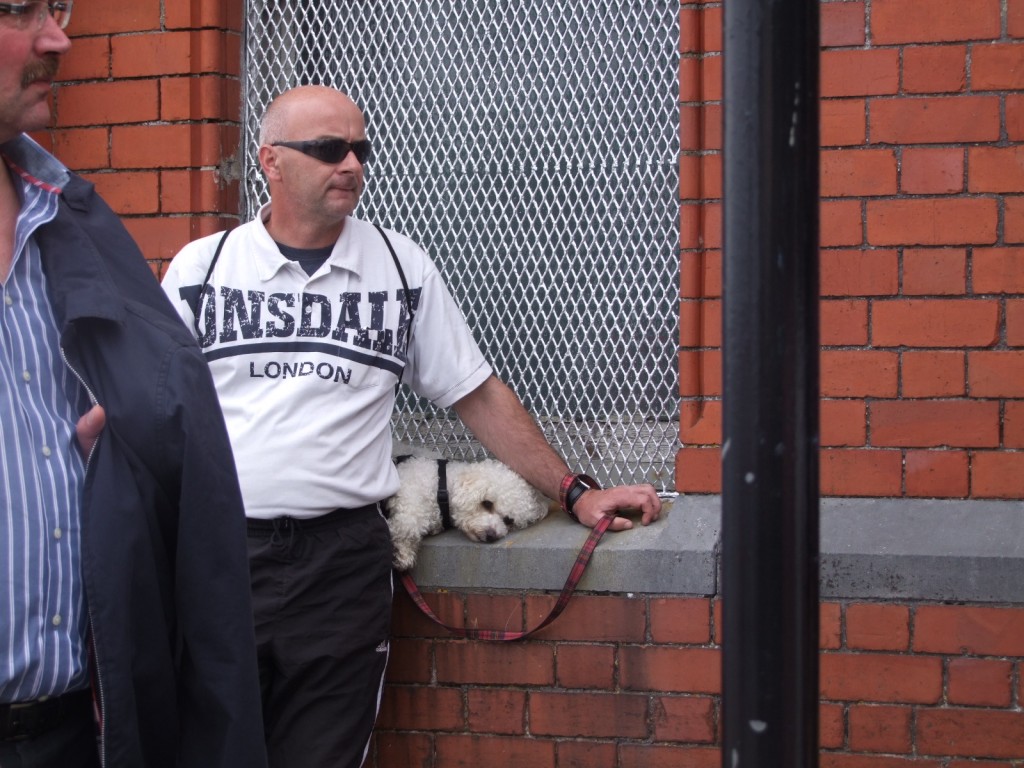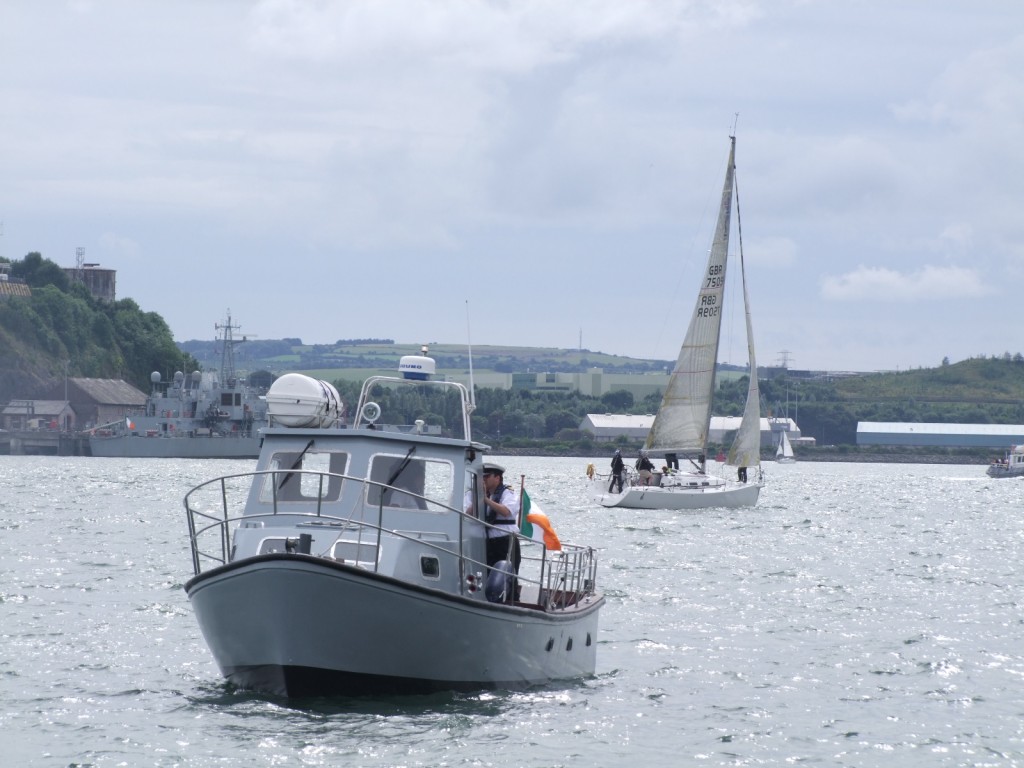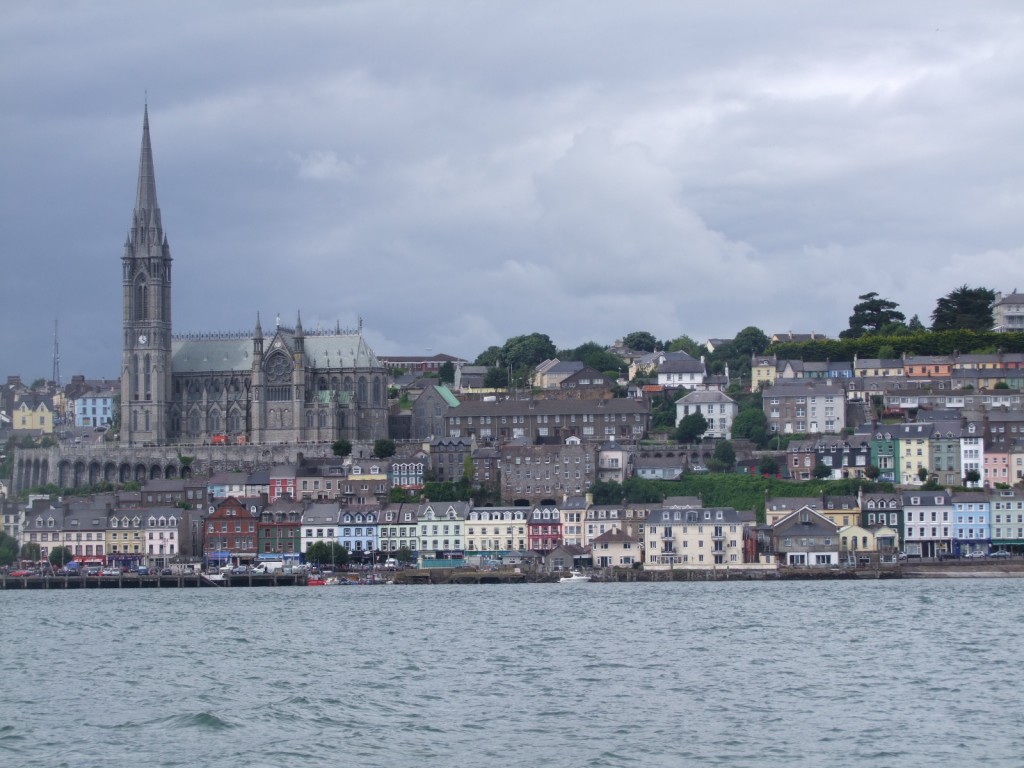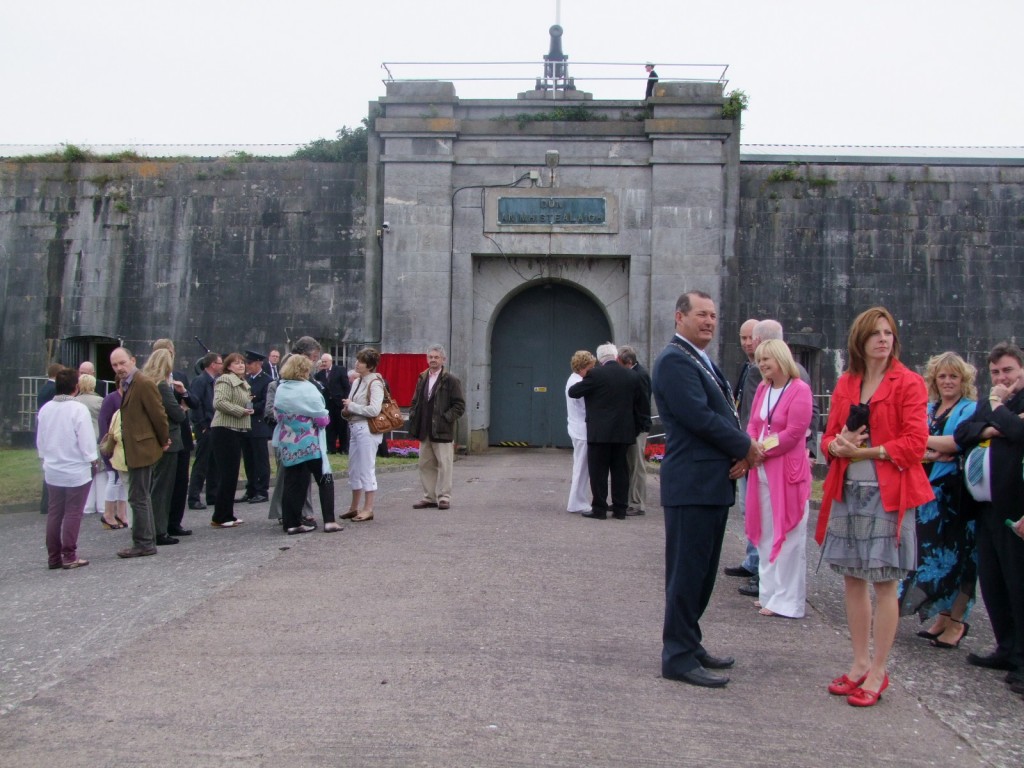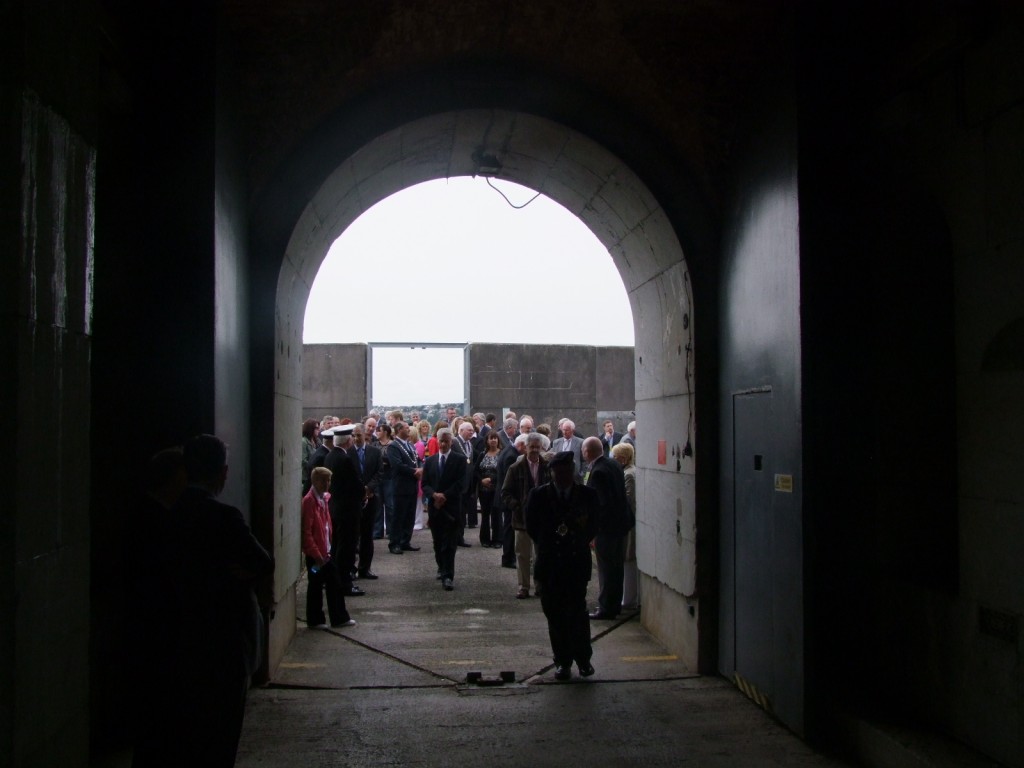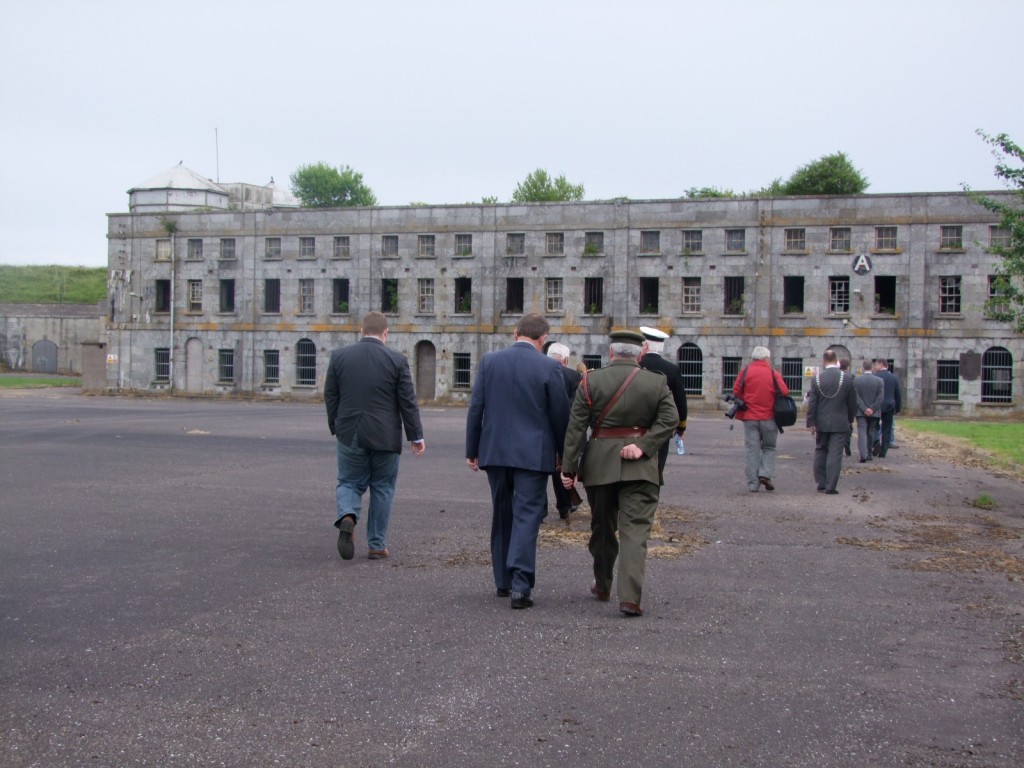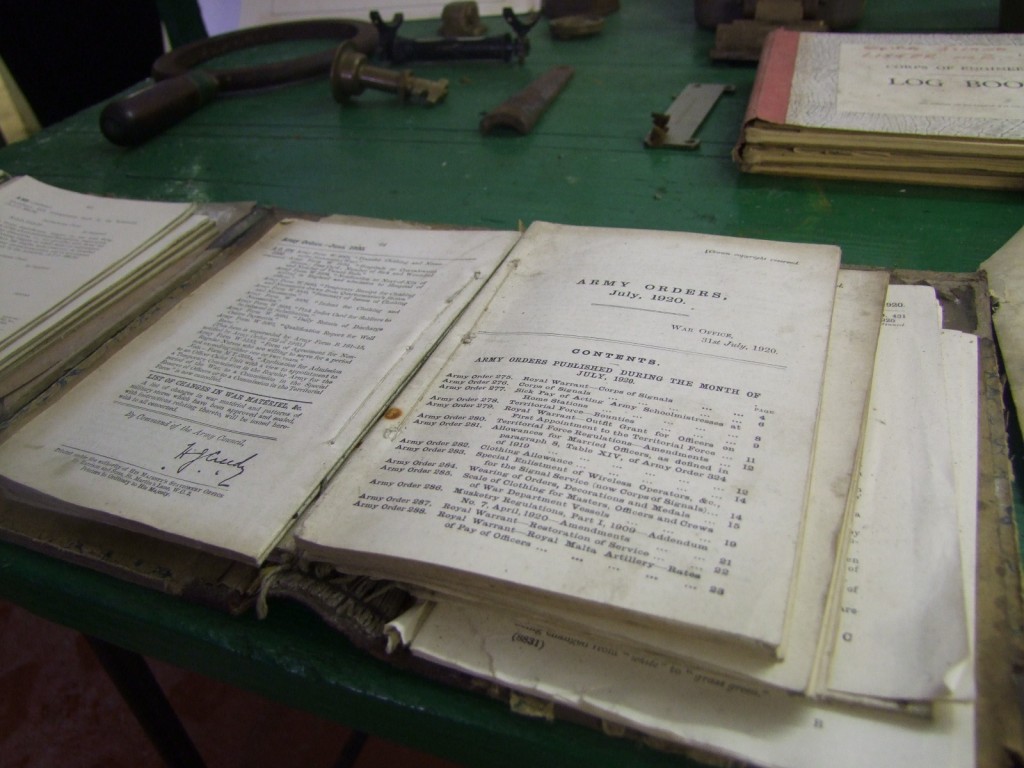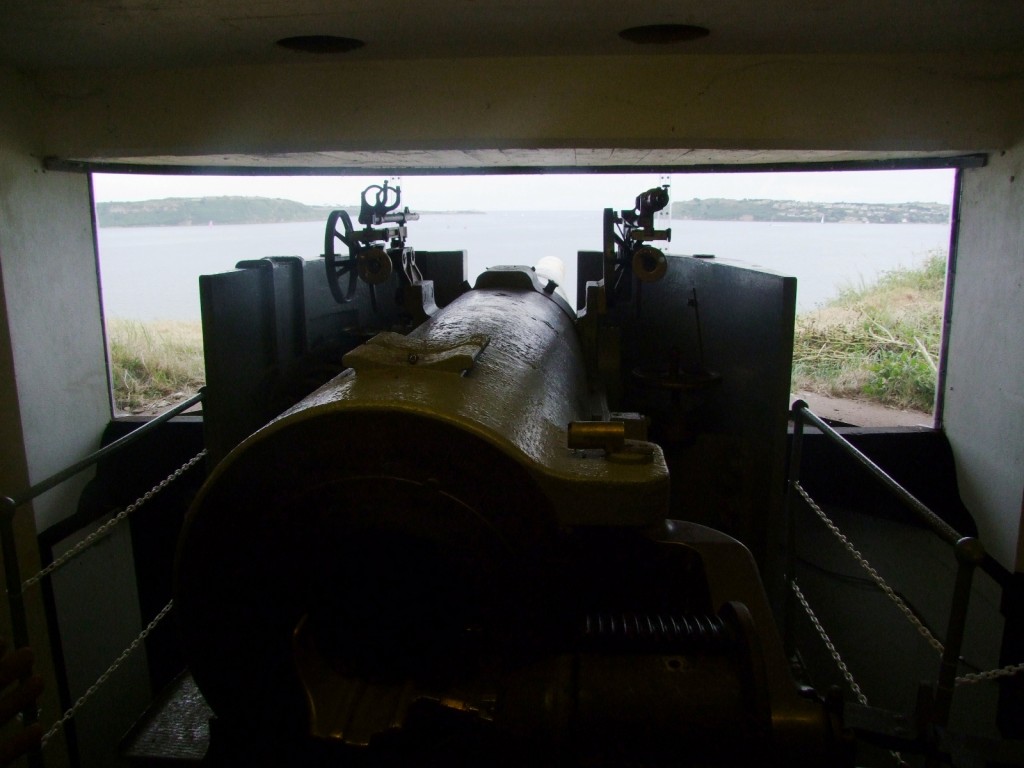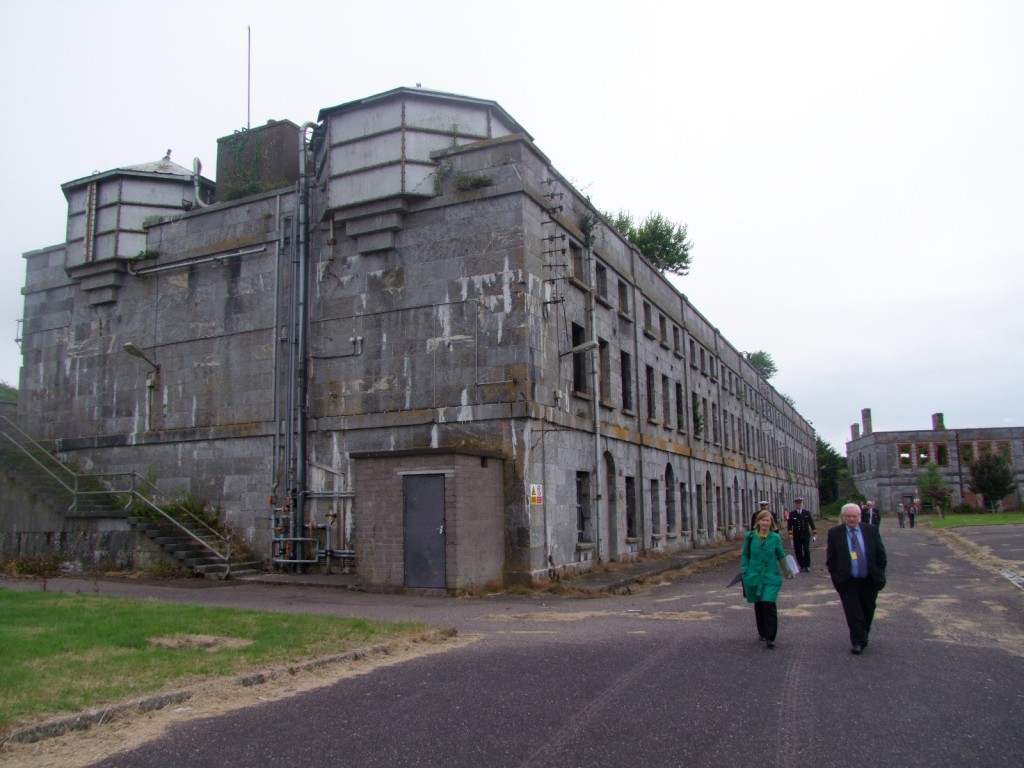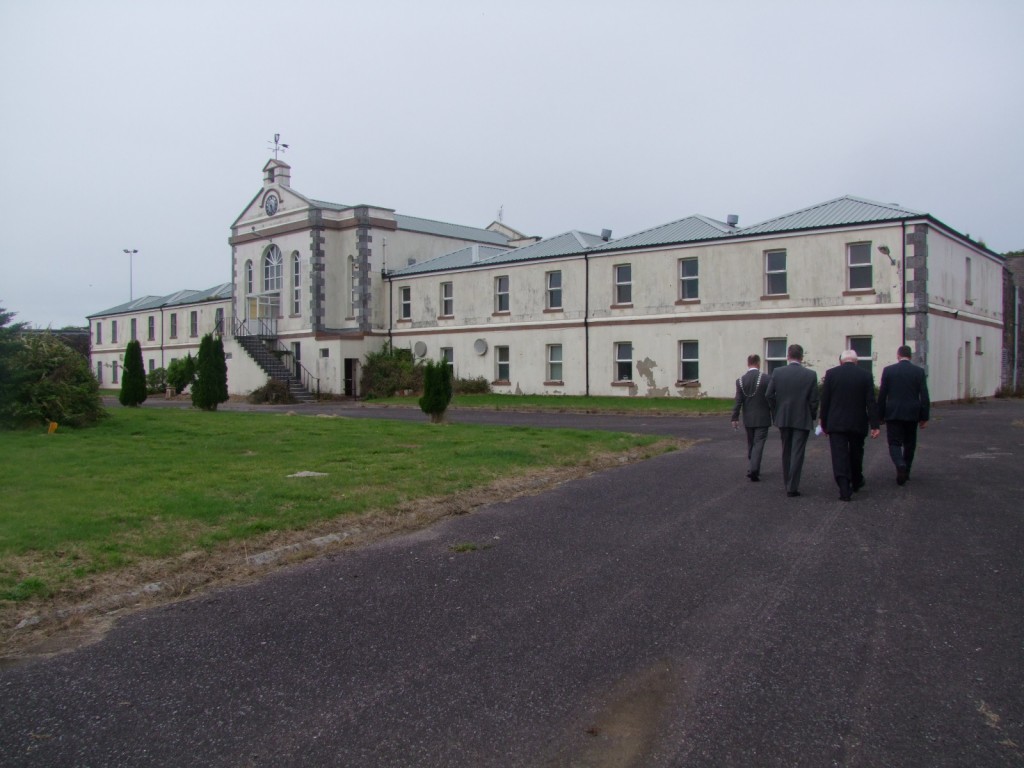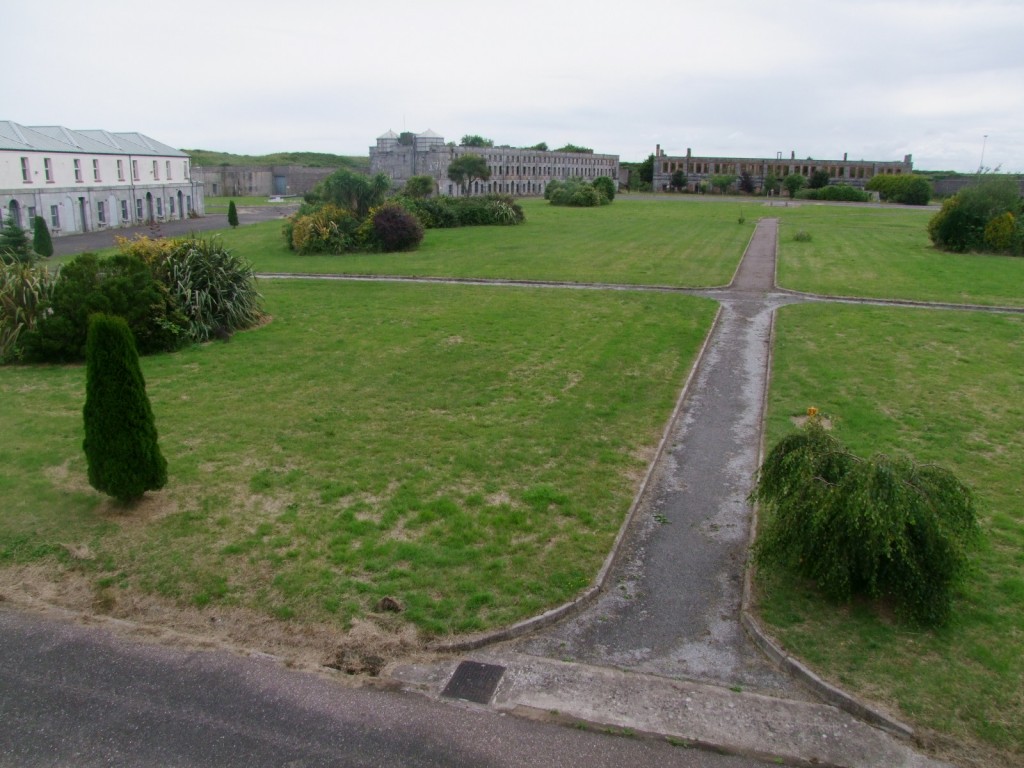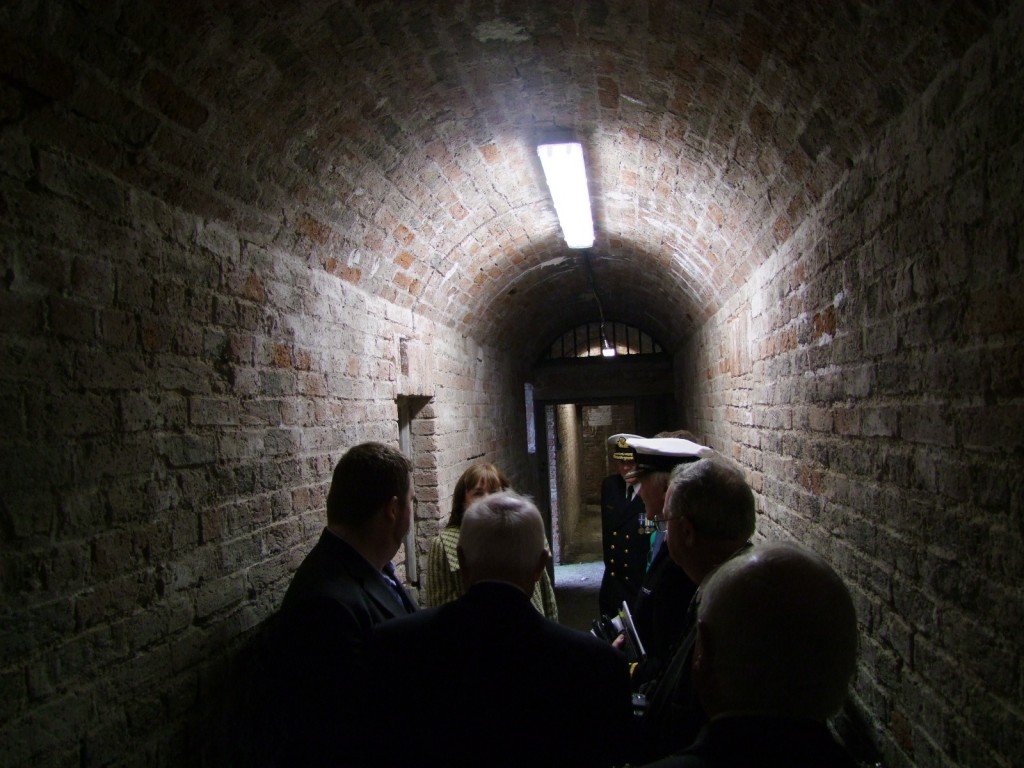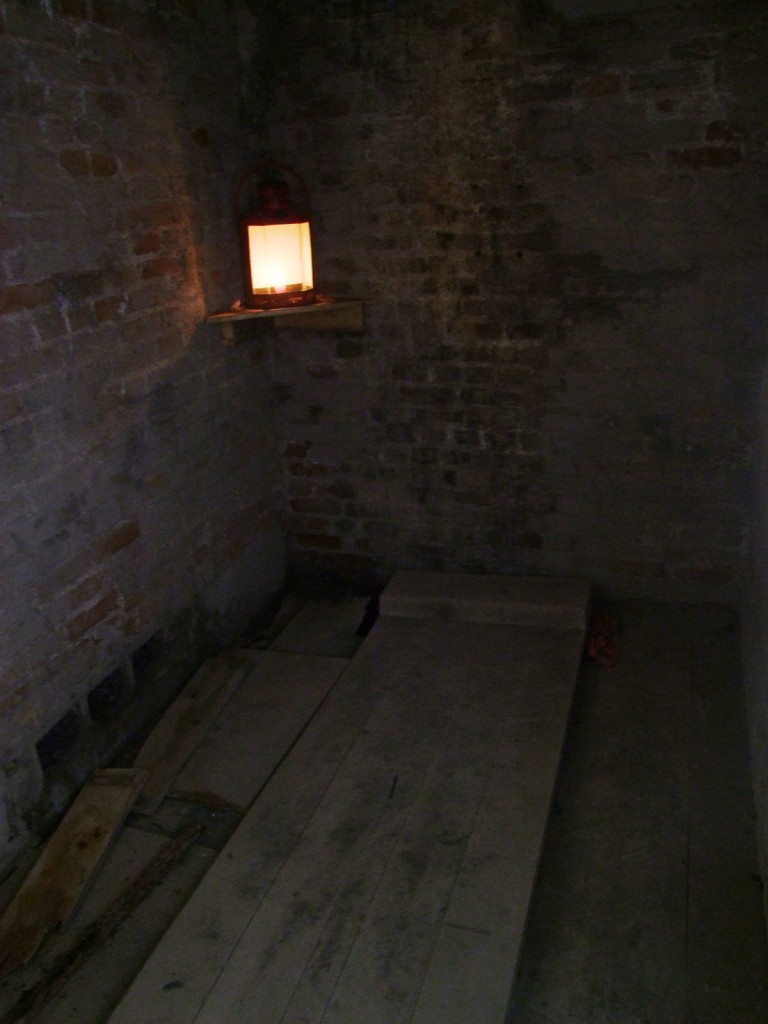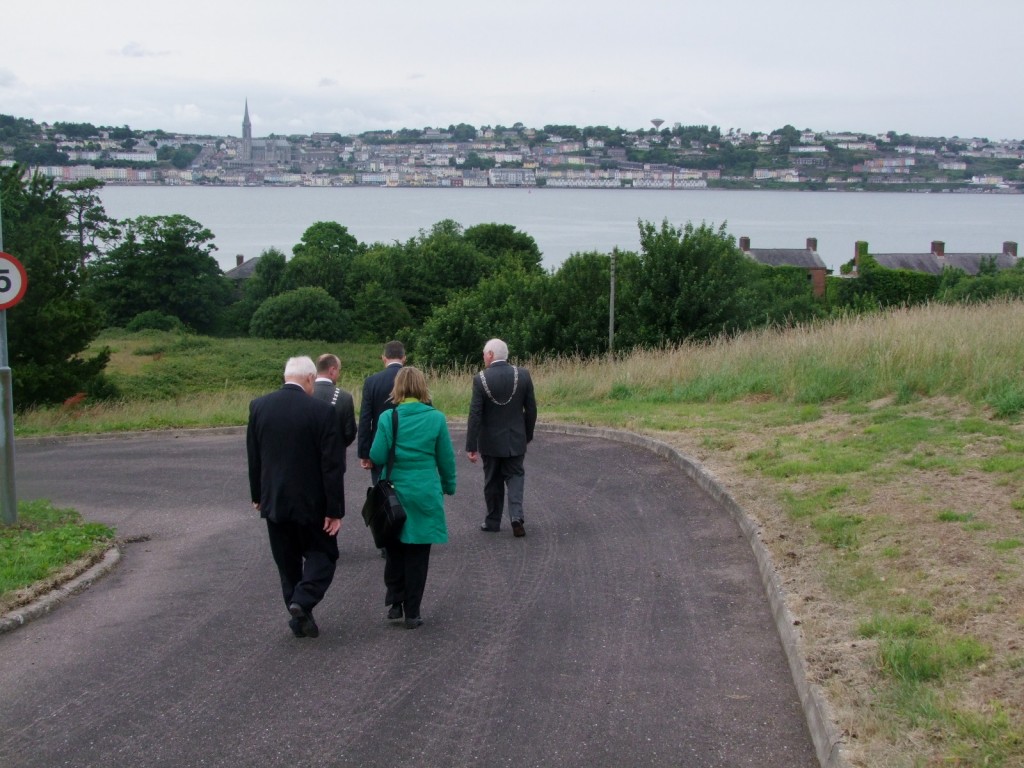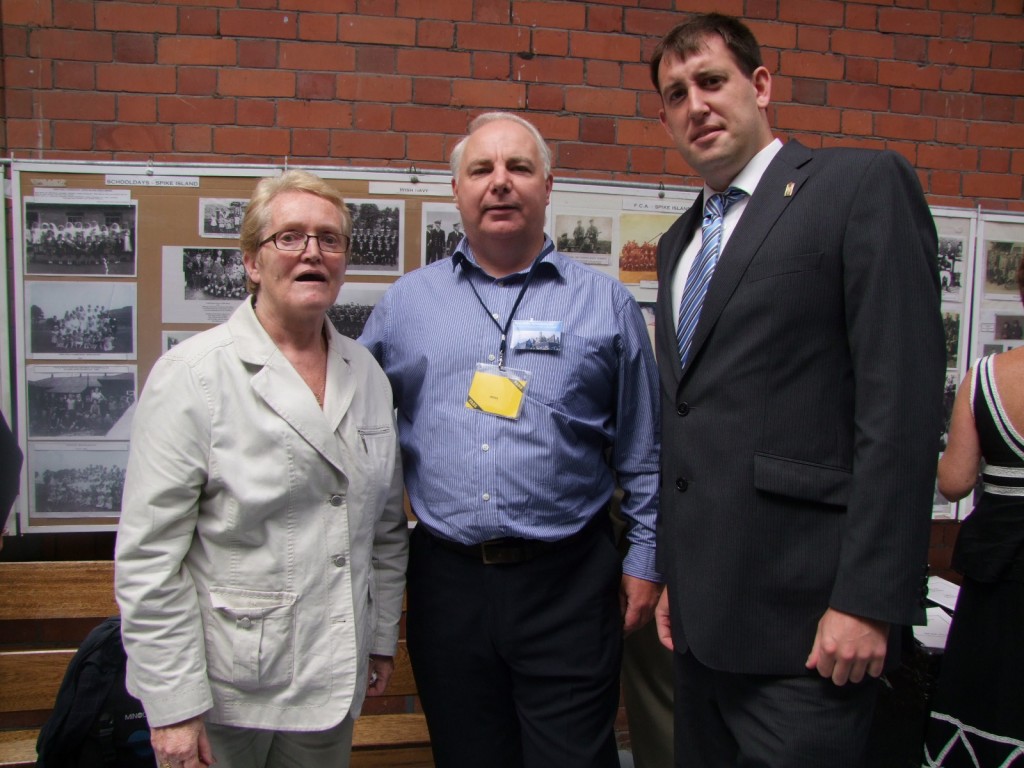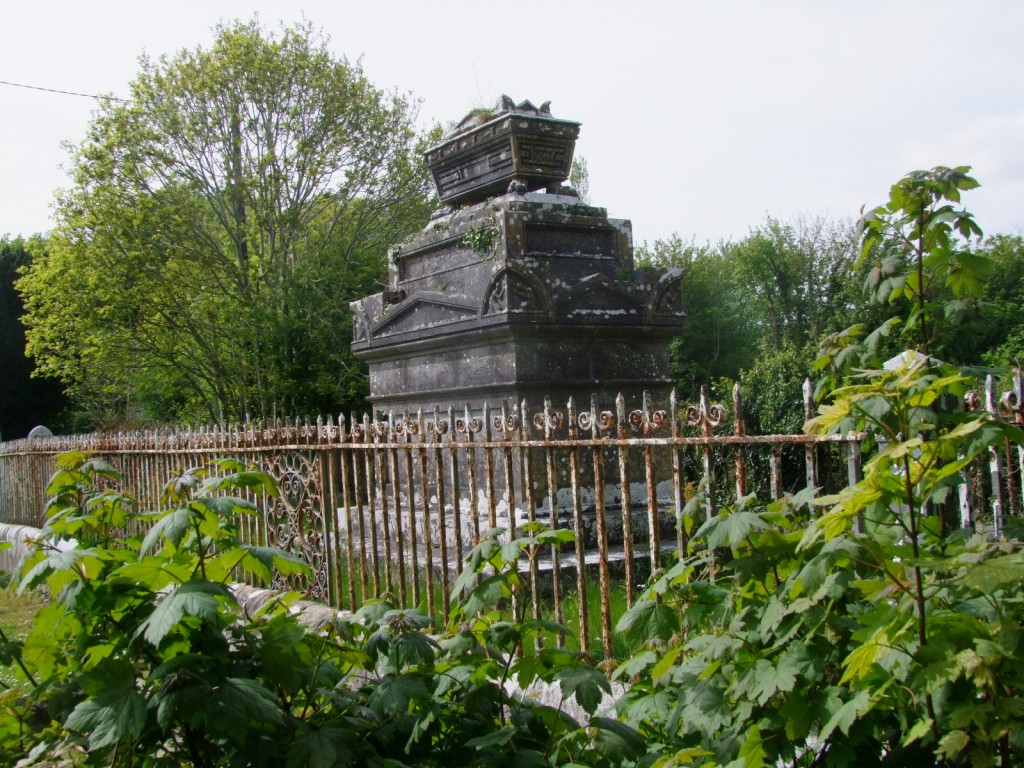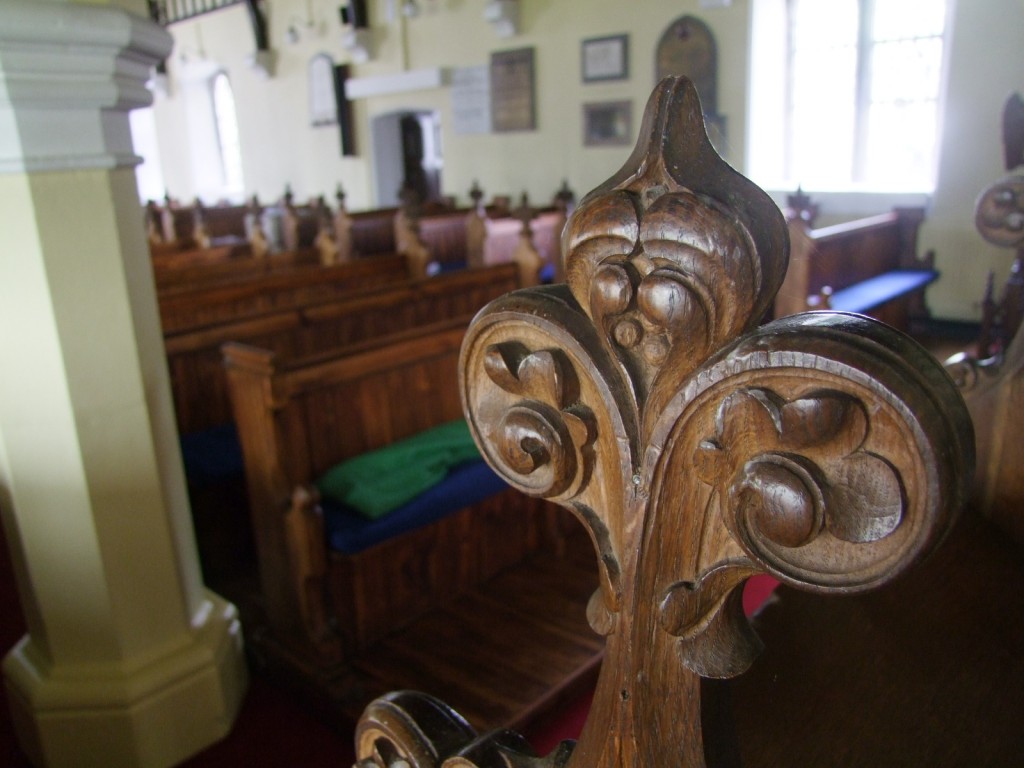On last Thursday, a group from Rennes (one of Cork’s sister-twinning cities) visited City Hall. They were in Cork as part of the Damhsafest 2010. Later in the day, I gave them a short historical walking tour of the city. Thanks to Barry Cogan and his team for looking after them during their visit in Cork for Damhsafest 2010.





Rennes:
Rennes is the capital of the région of Brittany, in France, It has a long history due to its location at the confluence of two rivers.

The Confluence:
The eastern Armorican people of Redones founded Condate— an ancient Celtic word meaning confluent— at the confluence of the Ille and Vilaine rivers and made it the capital of a territory that extended to the Bay of Mont Saint-Michel. The name of the city of Redon also reflects that of the Redones. Early in the 1st century BCE, they adopted the Greek and Roman practice of issuing coinage, adapting the widely-imitated gold staters of Philip II of Macedon,
They joined the Gaulish coalition against Rome in 57 BC, which was suppressed by Crassus.
In 58BC, Roman emissaries were held hostage by the Redones, which obliged Julius Caesar to intervene in Armorica and suppress the rebels, and the following year to cross the Channel to discourage further support of the Redones by the Britons. In 52 the Redones responded to the call of Vercingetorix to furnish a large contingent of warriors.
Roman Era:
In the Roman era, Condate became Condate Riedonum, capital of Civitas Riedonum. During the Roman era, the strategic position of the town contributed to its importance. In the year 275, the threat of barbarians led to the erection of a robust brick wall around Rennes. Rennes became known as the “red town”.
Starting in the fifth century, Bretons occupied the western part of the Armorican peninsula, which started to be called Little Britain, and then Brittany, while the Franks took the rest of Armorica. To contain the expansion and avoid Breton incursions, the Carolingians instituted a Breton march, composed of the counties of Rennes, Nantes, and Vannes. These marches were entirely absorbed by the Breton Kingdom in the ninth century, and Rennes became Breton in 851. Rennes would later become the capital of Ducal Brittany.
Part of France:
In 1491, the French army of Charles VIII, led by General Louis II de la Trémoille, unsuccessfully attacked Rennes. Brittany having already capitulated elsewhere, Rennes alone still resisted. The defenders of Rennes were determined to resist to the death, but the Duchess Anne of Brittany chose instead to negotiate. By her marriage to Charles VIII, she made Brittany a part of France.
City Expansion:
Fast forward in time – In 1857 the Rennes train station was built, which gradually led to the southward sprawl of the town.

During World War II Rennes suffered heavy damage from just three German airplanes which hit an ammunition train parked alongside French and English troop trains and near a refugee train on the yard: 1,000 died. The next day, 18 June 1940, German troops entered the city. Later, Rennes endured heavy bombings from the US and British Air Forces in March and May 1943, and again in June 1944, causing thousands of deaths. Patton’s army freed the capital of Brittany on August 4, as retreating German troops blew the bridges behind them, adding further damage. About 50,000 German prisoners were kept in four camps, in a city of only about 100,000 inhabitants at the time.
From 1954 onwards the city developed extensive building plans to accommodate upwards of 220,000 inhabitants, helping it become the third fastest-growing city in France, after Toulouse and Montpellier (1999 census).


